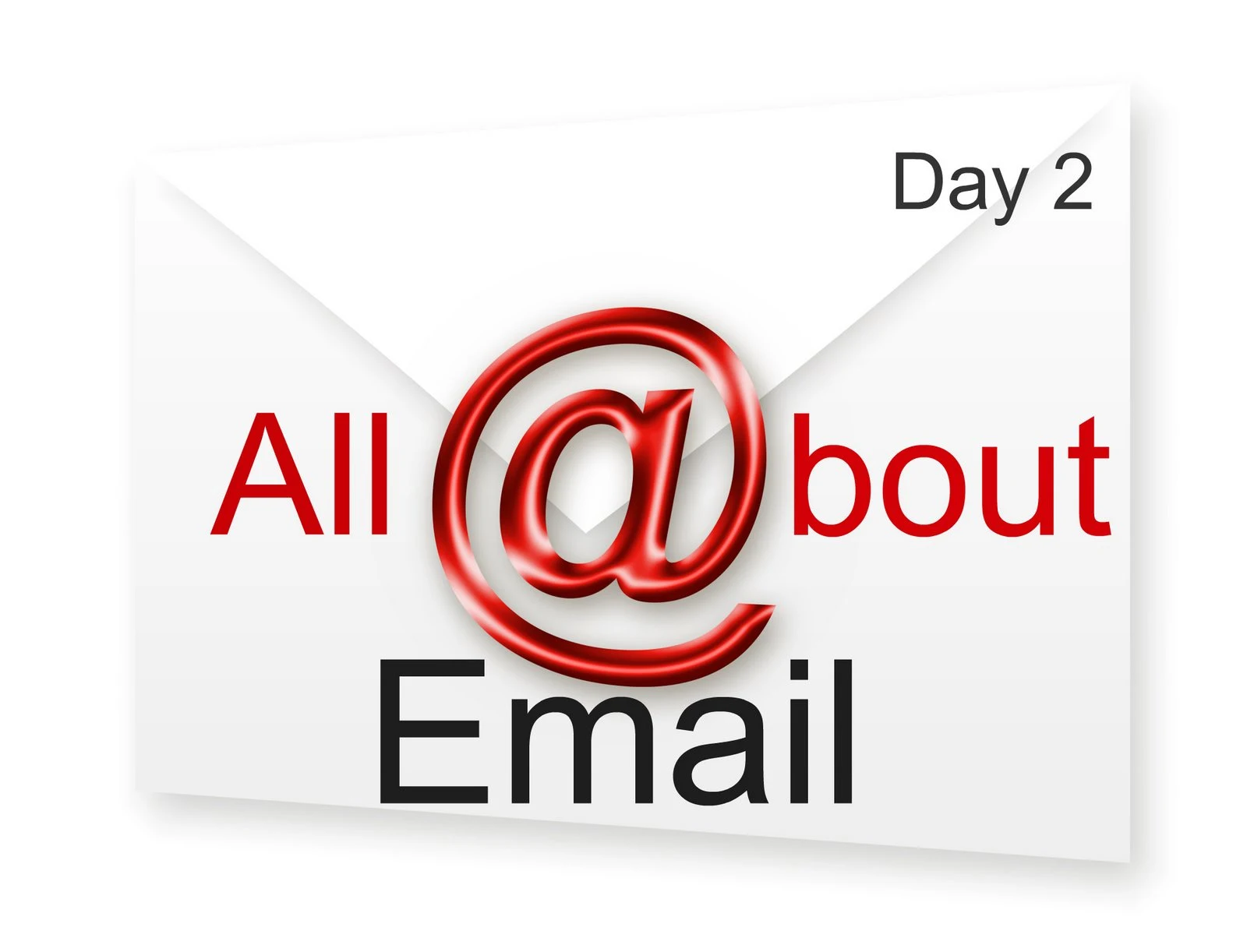
Yesterday, I explained the advantages of email newsletters over blogs. Today's post focuses on the why and how of newsletters.
Some freelancers and small businesses send out mass emails through Gmail or Outlook. But here's why it's better to use an email program specifically tailored to these types of emails:
1. Easy list management. Manually adding or deleting people from your email list is a huge hassle, but most of the email newsletter providers take care of this task for you. They also make it easy to segment your list based on criteria like when the person signed up (more sophisticated programs that integrate with your sales software can tell you who has purchased your product, what they bought, and when).
2. Simplified email design. Granted, designing an email that will display consistently across different email platforms is a real challenge, but email programs that are designed for creating pretty graphics-based emails (also called HTML emails) make it simpler. Most of them have loads of templates you can customize and require very little HTML knowledge. (Notice I said most. A few actually require more sophisticated technical know-how if you really want to customize your newsletter.)
3. Compliance with CAN-SPAM. For those us in the United States, the CAN-SPAM Act of 2003 has very specific requirements about opt-outs, physical addresses, and more. Unless you're intimately familiar with these guidelines, it's really easy to violate them unintentionally. But many of the email programs out there help their customers comply by including mandatory address fields and easy opt-outs.
4. Better delivery rates. Yahoo, Gmail, and other email programs don't like it when you send huge bulk emails. In fact, this is one the ways that email programs weed out spam. However, many of the reputable email vendors like MailChimp or Constant Contact (see below for a more complete list) are part of commercial email whitelists because their clients comply with CAN-SPAM requirements. It's not a 100% guarantee that everyone on your list will get your email, but delivery rates are generally better this way.
5. Loads of analysis. If you're sending a mass email through your regular email server, you probably don't have much information on who's opening or forwarding your email, what links they're clicking on, and when your readers tend to read your emails. Most email newsletter programs offer very detailed information on the effectiveness of each campaign. They'll also show you colorful charts comparing overall trends in open rates, opt-outs, etc.
Now that I've (hopefully) sold you on using an email newsletter provider, here are some of the programs available to freelancers or small business owners:
- Campaigner: I've used Campaigner for a client's newsletter, and I don't find the interface to be very intuitive. Plus, I had to call support on several occasions, and I've spent countless hours on hold (don't worry, I was billing for those hours because they fell under project management). Not my top recommendation.
- ConstantContact: I investigated using ConstantContact for one of my email newsletter clients, and I'm very impressed by their friendly and prompt customer service. They have an excellent reputation, too.
- Emma: This is the only program on the list that I haven't used or explored in depth. I know several people who use Emma, and their emails look fabulous. My assumption is that they are another good option.
- MailChimp: This is the one I use for my own newsletter. It has a fun, user-friendly interface, and it's free for lists under 100 subscribers. Their prices are reasonable and flexible depending on the size of your list and the frequency of your emails. Zero complaints here!
- PatronMail: This was the first email newsletter program I ever used when I managed the newsletter for one of my former employers. It is specifically targeted to arts organizations and creative businesses. I also took a 1-day seminar with PatronMail and found it to be super-helpful.
The technical interface and pricing varies depending on what plan you purchase with what email provider, so I won't go into too many specifics on that here. But for my email newsletter, I hired a designer to create a custom banner and tweaked one of the templates so it uses colors that tie into the banner. Then each time I create a new newsletter, I copy the template so it has all the colors and formatting I already set. Very easy.
Are there other email newsletter programs I should add to this list? Which one(s) do you use?
Wondering what my newsletter looks like? Sign up for the Urban Museletter and get my monthly updates on freelancing, writing, and more.